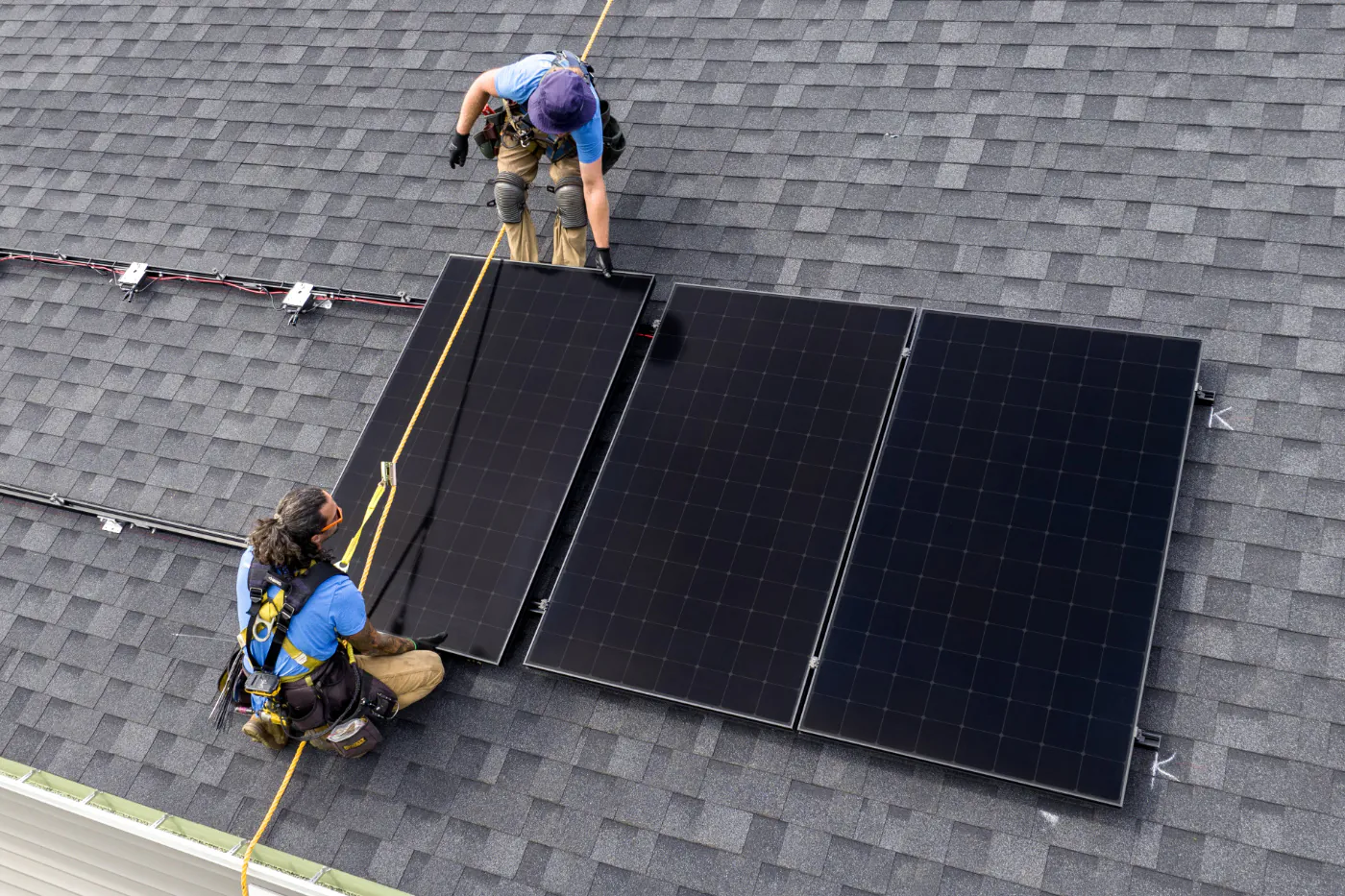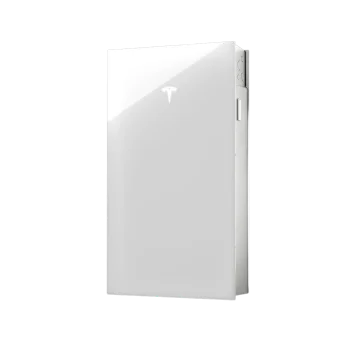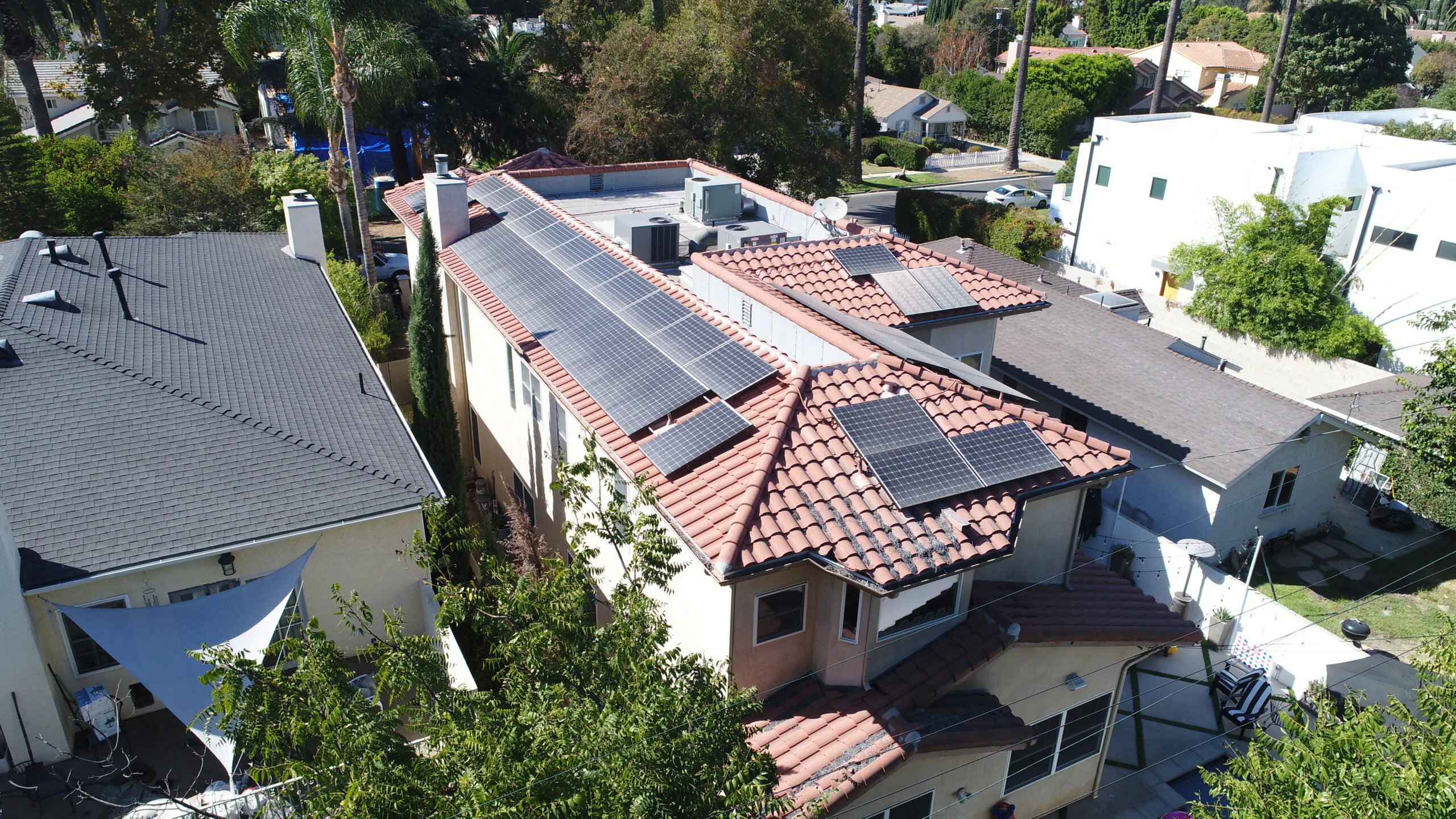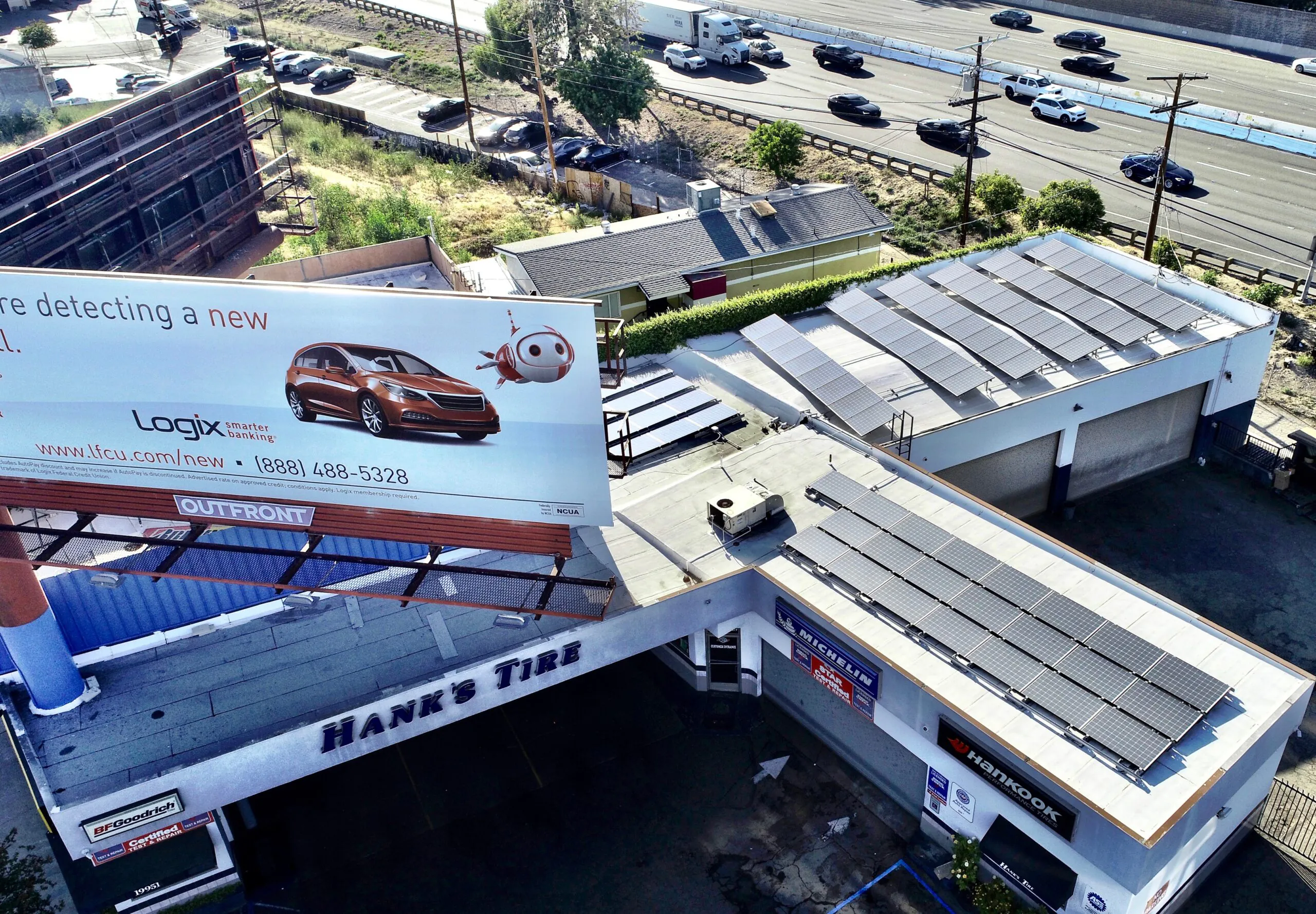What Is A Carbon Footprint?
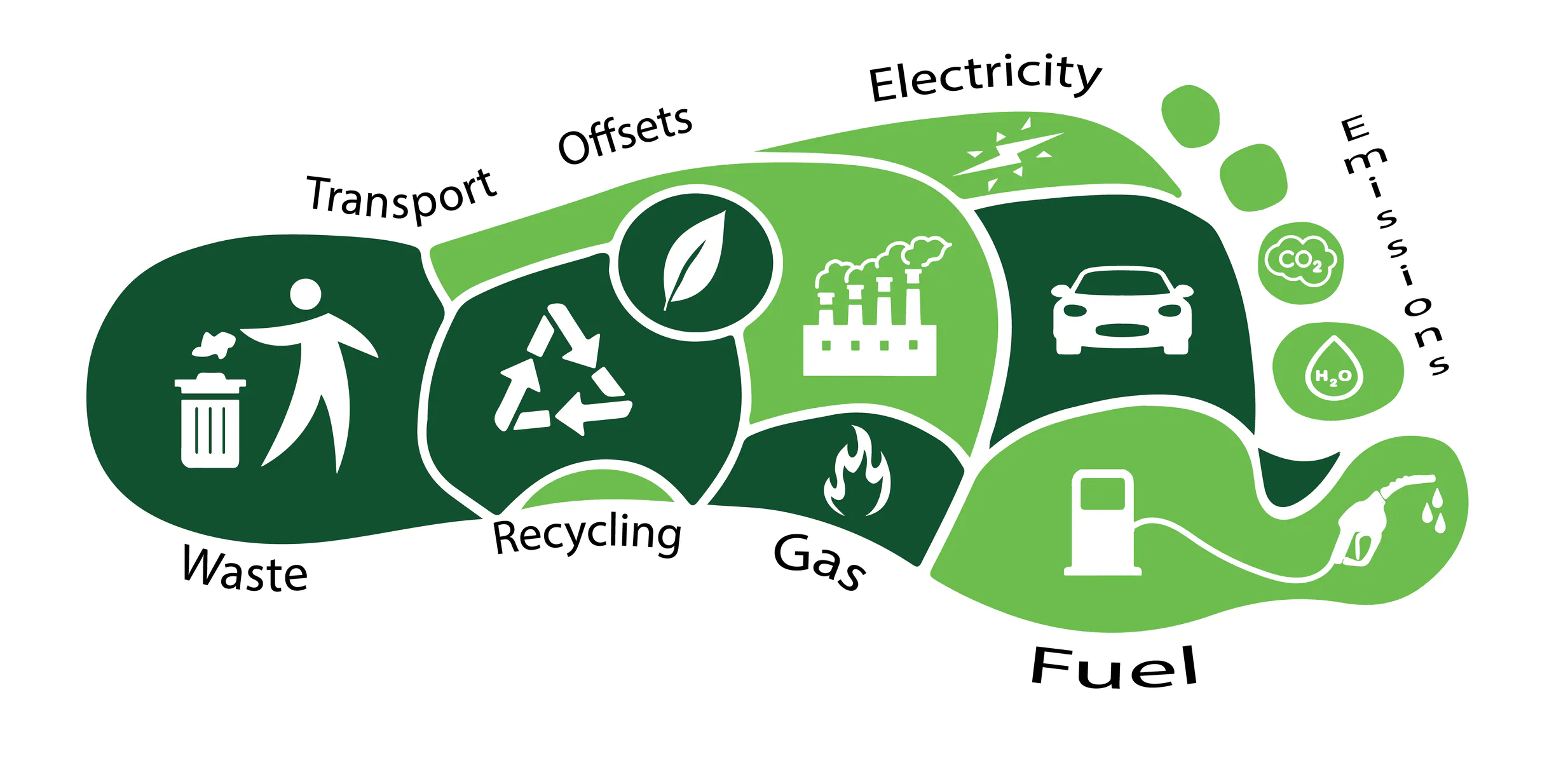
- 28 Nov, 2018
- carbon, carbon footprint, environment, Plug it in solar, renewable energy, renewables, solar installation, solar installers in Van Nuys, solar panels, solar technology, sustainability
Whether you’re a homeowner, an environmental activist, or simply a concerned citizen, you’ve likely come across the term “carbon footprint” before. Most people intuitively grasp that a small carbon footprint is better than a big one, but why does its size— or lack thereof— matter? More importantly, what can you do to lessen your own carbon footprint?
These are both great questions. We, the solar installation experts at Plug It In Solar , will answer them— and more— below.
What Is A Carbon Footprint— and Why Does It Matter?
“Carbon footprint” refers to a method scientists use to measure the amount of carbon dioxide (CO2) and other greenhouse gases that enter the atmosphere. CO2, to be clear, isn’t the only greenhouse gas, but it’s by far the most prevalent; to be sure, scientists account for all similar pollutants when calculating carbon footprints.
The basic idea of there being a carbon footprint is relatively new, and it’s closely tied to the (now) widely-accepted theory that climate change is human-caused. While this link has firm evidence, scientists still seem to disagree, however, on precisely how to calculate a carbon footprint— that is, what should and shouldn’t be a part of the equation. Most scientists do agree though, that a carbon footprint, however it’s calculated, should be measured on a per-year basis.
With all of this in mind, let’s look at the carbon footprint in more concrete terms. Here are some statistics that help paint the picture:
● America’s annual carbon footprint is 8 billion metric tons — or 16.2 tons per person . The U.S. has the world’s largest carbon footprint per capita, while China has the highest carbon footprint as an entire nation. ● Food production accounts for more than 80 percent of America’s carbon footprint; transportation, surprisingly, only accounts for a little over 10 percent. ● Atmospheric greenhouse gas levels are their highest-recorded levels, and are expected to continue to rise. Some studies suggest they’re at the highest level they’ve been in over 800,000 years.
In short, a high carbon footprint is bad because it warms the planet, which itself, leads to a whole host of other consequences. People and companies alike have taken action to reduce their carbon footprint; let’s take a look at what you can do.
How You Can Reduce Your Carbon Footprint

The good news is that there are plenty of ways you can reduce your personal carbon footprint. Some cut out or reduce their meat consumption, others carpool or take public transport, and yet others grow their own produce.
The bad news, of course, is that these options come at the cost of your regular lifestyle. If you’re like most, you may be able to sometimes carpool or give up a burger, but not all of the time. Good news— again: you don’t have to!
Solar panels can help you reduce— or eliminate— your dependence on the electrical grid without compromising your lifestyle one iota. In fact, a high-quality solar system can not only help you slash your energy usage, but help you save money .
In 2016, an industry study found that the U.S. had enough solar energy to power 6.2 million homes, reducing our collective carbon footprint by 37 million metric tons. Since then, solar technology has continued to soar, helping consumers both save money and reduce their ecological impact.
With new solar regulations set to take effect and current rebates set to expire, what are you waiting for? Contact the leading solar installer in Van Nuys and Los Angeles at Plug It In Solar.
Call us at (818) 670-7769, or send us a message to schedule a free consultation today
Recent Articles
California Supreme Court Gives Hope to Solar Customers in NEM 3.0 Ruling
The sun (and the California Supreme Court)...
Artificial Intelligence is Slated to Drive Up Electricity Costs
As great as they can be, those...
What Homeowners Should Know About The Federal Solar Credit Phaseout
For the past decade, homeowners have been...
The NEM 3.0 Case: California Supreme Court Hears Oral Arguments on Controversial Net Metering Bill
The California Supreme Court has taken up...
What to Expect With Residential Solar Panel Installation
So, you’re thinking of getting solar panels?...
Recent Projects
Explore our recent projects to see completed solar installations, battery installations, panel cleanings, and more.
The Process
See how easy it is to go solar with Plug It In Solar’s streamlined installation process.
Free consultation

Site Assessment

Design and Plans
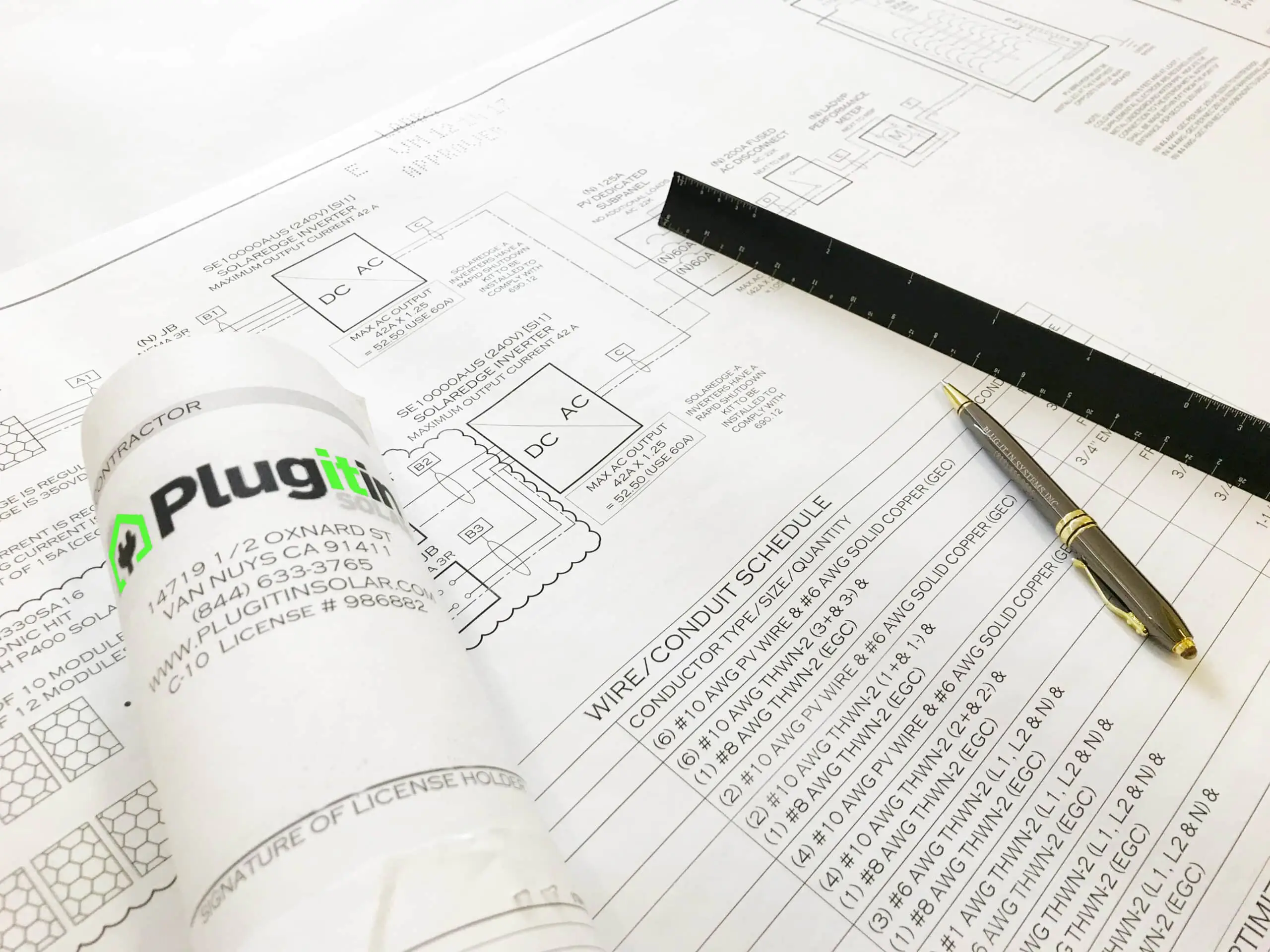
Installation
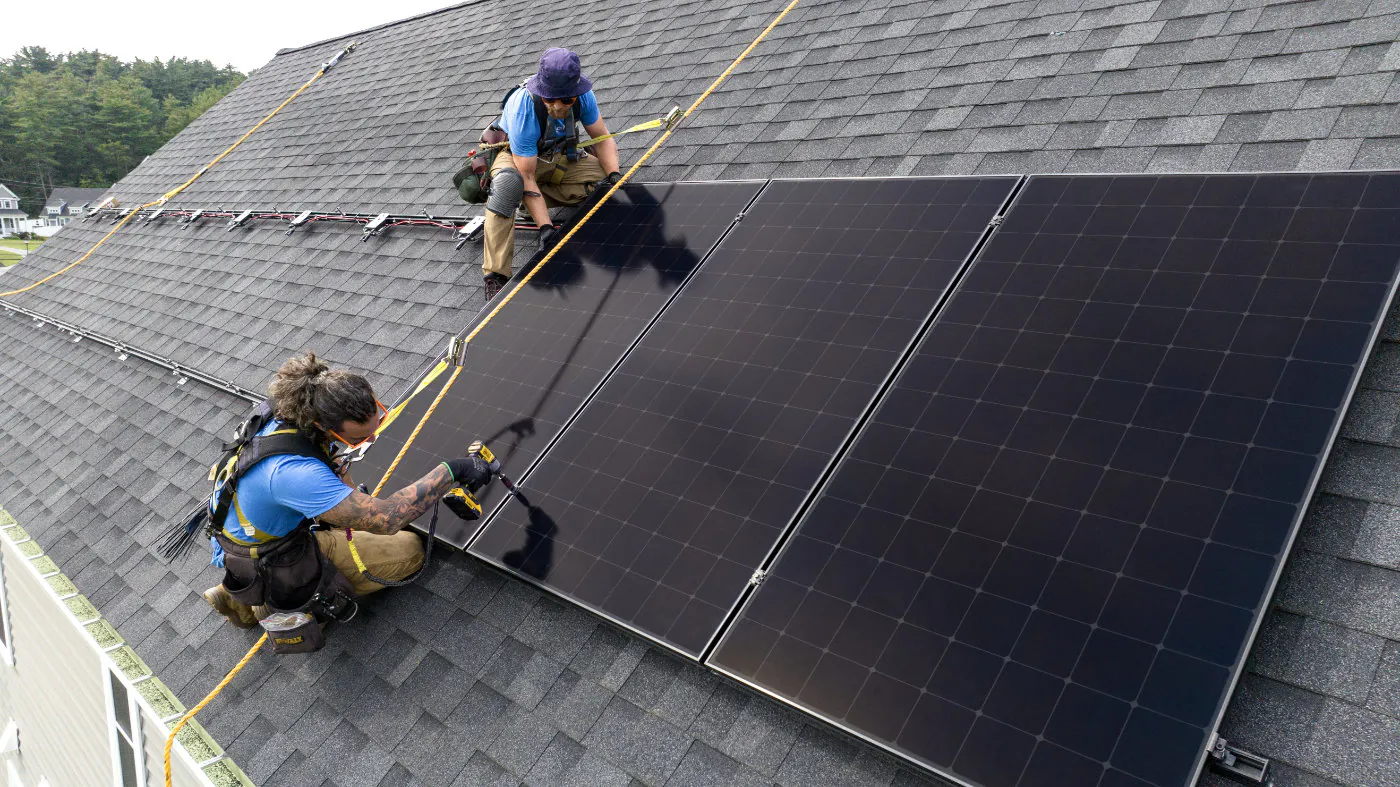
Final Inspection

Connecting to the Grid

Refer and Earn




